-
 Bitcoin
Bitcoin $108,338.0981
-0.13% -
 Ethereum
Ethereum $2,566.4077
1.16% -
 Tether USDt
Tether USDt $1.0001
-0.01% -
 XRP
XRP $2.2841
-2.59% -
 BNB
BNB $658.5241
-0.17% -
 Solana
Solana $150.3819
-1.08% -
 USDC
USDC $0.9999
-0.01% -
 TRON
TRON $0.2864
-0.24% -
 Dogecoin
Dogecoin $0.1694
0.24% -
 Cardano
Cardano $0.5813
-0.72% -
 Hyperliquid
Hyperliquid $37.8292
-4.60% -
 Bitcoin Cash
Bitcoin Cash $503.3593
1.69% -
 Sui
Sui $2.8784
-0.69% -
 Chainlink
Chainlink $13.4784
-0.43% -
 UNUS SED LEO
UNUS SED LEO $9.0793
-0.27% -
 Stellar
Stellar $0.2537
-0.41% -
 Avalanche
Avalanche $18.0047
-0.23% -
 Shiba Inu
Shiba Inu $0.0...01181
1.56% -
 Hedera
Hedera $0.1608
0.49% -
 Toncoin
Toncoin $2.7568
-0.93% -
 Litecoin
Litecoin $86.4121
-0.20% -
 Monero
Monero $313.7273
-0.86% -
 Polkadot
Polkadot $3.3715
-0.66% -
 Dai
Dai $1.0001
0.01% -
 Ethena USDe
Ethena USDe $1.0004
0.03% -
 Bitget Token
Bitget Token $4.2902
-0.54% -
 Uniswap
Uniswap $7.5361
2.73% -
 Aave
Aave $285.6090
-0.55% -
 Pepe
Pepe $0.0...09958
0.28% -
 Pi
Pi $0.4560
-0.65%
How to prevent the loss of assets due to damage to the storage device of the Bitcoin wallet?
2025/03/25 02:00
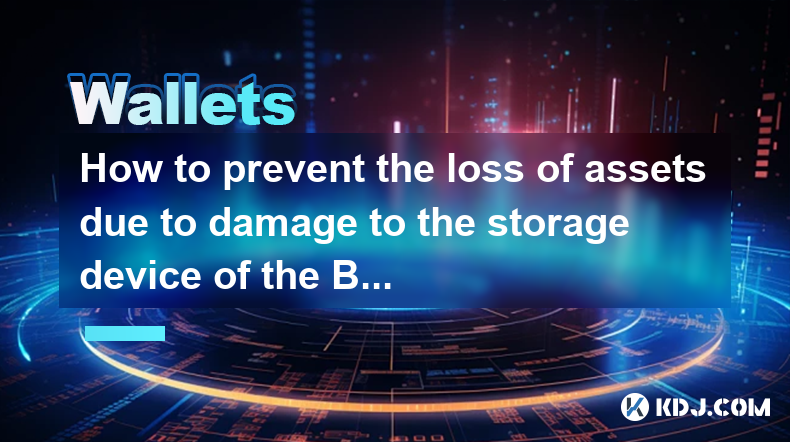
How to Prevent the Loss of Assets Due to Damage to the Storage Device of the Bitcoin Wallet?
Losing your Bitcoin due to a damaged storage device is a terrifying prospect for any cryptocurrency holder. This article explores various strategies to mitigate this risk, focusing on preventative measures and recovery options within the cryptocurrency ecosystem. The security of your Bitcoin is paramount, and understanding these methods is crucial.
Understanding the Risks:
The primary risk lies in the physical vulnerability of your storage device. Hard drives, USB drives, and even smartphones can fail due to physical damage, software corruption, or simply wear and tear. If your Bitcoin wallet's private keys are stored solely on this compromised device, access to your funds is jeopardized. This isn't just about accidental damage; theft or loss of the device is equally dangerous.
Backup, Backup, Backup:
This is the single most important preventative measure. Never rely on a single copy of your Bitcoin wallet's seed phrase or private keys. Multiple backups stored in different, secure locations are vital.
- Multiple Physical Copies: Write down your seed phrase on several pieces of paper. Store these in different, physically secure locations, ideally in fireproof and waterproof containers. Consider using a safety deposit box for one copy.
- Digital Backups (with caution): Encrypt and store a digital copy on a cloud storage service, but only after carefully considering the security implications. Remember that cloud services are vulnerable to hacking and data breaches.
- Hardware Wallets: Consider using a hardware wallet, a dedicated device designed for secure cryptocurrency storage. These devices provide an extra layer of security against software vulnerabilities and physical damage. Always back up the recovery phrase provided with the hardware wallet.
Choosing Secure Storage Media:
The choice of storage medium impacts the resilience of your backups.
- Paper Wallets: While offering strong security against digital attacks, paper wallets are vulnerable to physical damage, fire, and water. Consider using archival-quality paper and multiple copies.
- Metal Backups: Engraving your seed phrase onto metal is a more durable option than paper, offering greater resistance to damage.
- Encrypted USB Drives: While convenient, encrypted USB drives can be lost or stolen. Always encrypt them and use strong passwords.
Regularly Verify Your Backups:
It's crucial to periodically check your backups to ensure they remain intact and readable. This helps catch errors early and prevents future headaches. Try restoring your wallet from a backup to verify its functionality. Don't do this with your main wallet; use a test wallet if possible.
Hardware Wallet Considerations:
Hardware wallets are generally considered the safest option. However, they're not invulnerable.
- Physical Security: Protect your hardware wallet from physical damage, theft, and unauthorized access.
- Firmware Updates: Regularly update the firmware of your hardware wallet to benefit from security patches and improvements.
- Backup Seed Phrase: The recovery phrase is critical; lose it, and you lose your Bitcoin.
Software Wallet Security:
If you use a software wallet, prioritize security.
- Strong Passwords: Use strong, unique passwords and enable two-factor authentication (2FA) wherever possible.
- Reputable Wallets: Only use reputable and well-established software wallets.
- Regular Updates: Keep your software wallet updated with the latest security patches.
What to Do if Your Storage Device Fails:
If your primary storage device fails, immediately consult your backups. If you have multiple backups, try restoring your wallet from each one, checking for consistency.
Beyond Hardware and Software:
Beyond the physical storage of your keys, consider other aspects of security.
- Operational Security: Be vigilant about phishing scams and malware. Avoid clicking suspicious links and only download software from trusted sources.
- Password Management: Use a password manager to securely store and manage your passwords and seed phrases.
Frequently Asked Questions:
Q: What if I lose my seed phrase? A: If you lose your seed phrase and haven't made backups, recovering your Bitcoin is extremely difficult, if not impossible. Your funds are likely lost.
Q: Can I recover my Bitcoin if my hardware wallet is damaged? A: If you have backed up your recovery phrase, yes. You can use this phrase to restore your wallet on a new device. If not, recovery is highly unlikely.
Q: Are cloud backups safe? A: Cloud backups offer convenience but carry risks. Choose reputable providers with strong security measures, but understand that data breaches are still possible. Encryption is essential.
Q: What's the best way to store my seed phrase? A: There's no single "best" method. A combination of physical backups (paper, metal) stored in separate, secure locations offers the strongest protection.
Q: How often should I back up my wallet? A: Back up your wallet immediately after setting it up and then regularly, at least annually, or whenever you make significant changes to your wallet.
Q: Is using a hardware wallet completely safe? A: Hardware wallets significantly reduce the risk, but they are not foolproof. They can be lost, stolen, or physically damaged. Always back up your recovery phrase.
부인 성명:info@kdj.com
제공된 정보는 거래 조언이 아닙니다. kdj.com은 이 기사에 제공된 정보를 기반으로 이루어진 투자에 대해 어떠한 책임도 지지 않습니다. 암호화폐는 변동성이 매우 높으므로 철저한 조사 후 신중하게 투자하는 것이 좋습니다!
본 웹사이트에 사용된 내용이 귀하의 저작권을 침해한다고 판단되는 경우, 즉시 당사(info@kdj.com)로 연락주시면 즉시 삭제하도록 하겠습니다.
- 크라켄, 리어 윙 및 메모 코인 : 싱가포르 그랑프리로가는 거친 타기!
- 2025-07-09 00:50:12
- Cronos Skyrockets : Cro의 암호화 서지의 이유를 디코딩합니다
- 2025-07-09 01:30:12
- 이더 리움의 월스트리트 러브 & Ruvi AI의 감사 랠리 : 암호화 칵테일
- 2025-07-09 00:55:12
- 성장 잠재력을 가진 암호화 코인 : 정통한 투자자를위한 최고 선택
- 2025-07-09 01:35:13
- Onyxcoin (XCN) vs. Solana (Sol) : 암호화 게임에서 유망한 베팅?
- 2025-07-09 00:30:12
- PI 네트워크의 공급 서지 : 가격 문제에 대한 레시피?
- 2025-07-09 02:10:13
관련 지식

트레 조의 암호를 잊어 버리면 어떻게됩니까?
2025-07-09 03:15:08
Trezor 암호화의 역할 이해 Trezor 하드웨어 지갑을 사용하는 경우 복구 시드 이상의 추가 보안 계층으로 암호를 설정했을 수 있습니다. 장치와 함께 제공되는 12 또는 24 단어 복구 문구와 달리 Trezor 암호는 숨겨진 지갑 수정 자처럼 작용합니다. 입력하면...
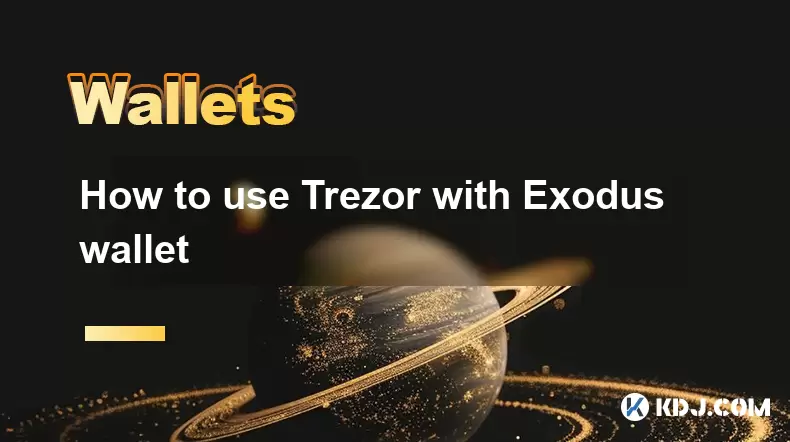
Exodus 지갑과 함께 Trezor를 사용하는 방법
2025-07-09 00:49:34
Trezor 하드웨어 지갑을 Exodus 소프트웨어 지갑에 연결합니다 Exodus 지갑 과 함께 Trezor를 사용하려면 사용자는 하드웨어 지갑을 Exodus가 제공하는 소프트웨어 인터페이스에 연결해야합니다. 이 통합은 사용자 친화적 인 인터페이스를 통해 디지털 자산을...
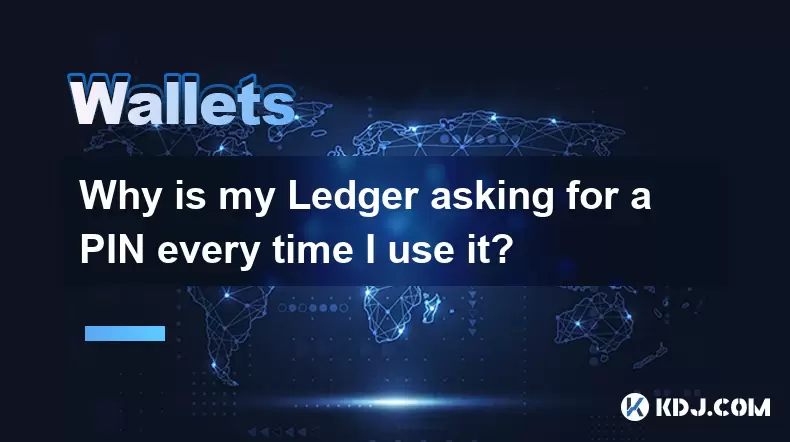
원장이 핀을 사용할 때마다 핀을 요구하는 이유는 무엇입니까?
2025-07-08 23:21:50
원장 장치의 PIN 목적 이해 PIN (개인 식별 번호) 은 모든 원장 하드웨어 지갑에 내장 된 중요한 보안 기능입니다. 주요 기능은 장치를 무단 액세스로부터 보호하는 것입니다. 원장을 처음 설정하면 Cryptocurrency holdings의 첫 번째 방어 계층 역할...
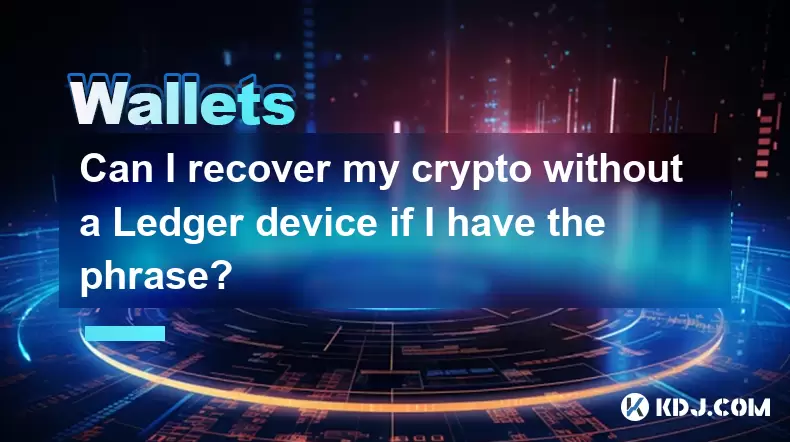
문구가있는 경우 원장 장치없이 암호화를 복구 할 수 있습니까?
2025-07-09 01:36:01
암호화 보안에서 복구 문구의 역할 이해 회복구가 있지만 원장 장치가 없는 경우 암호 화폐를 복구 할 수 있는지 궁금 할 것입니다. 짧은 대답은 예입니다. 복구 문구가있는 경우 원장 장치없이 암호화를 복구 할 수 있습니다 . 이는 종자 문구라고도하는 복구 문구가 인간이 ...

한 원장에 여러 핀 코드를 가질 수 있습니까?
2025-07-09 00:35:18
분산 거래소의 기본 이해 (DEXS) 분산 교환 또는 DEX는 중앙 권한없이 운영되는 유형의 암호 화폐 거래 플랫폼입니다. 기존 중앙 집중식 거래소 (CEX)와 달리 DEXS는 사용자가 자금을 거래소 자체에 입금 할 필요없이 지갑에서 직접 거래 할 수 있도록 허용합니다...
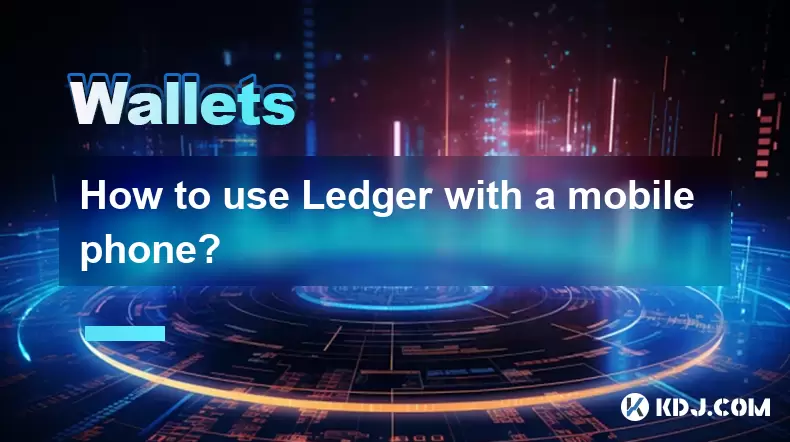
휴대폰으로 원장을 사용하는 방법?
2025-07-08 22:49:45
원장 하드웨어 지갑을 모바일 장치에 연결합니다 휴대폰으로 원장 하드웨어 지갑을 사용하면 이동 중에 암호 화폐를 관리하는 안전하고 편리한 방법이 제공됩니다. 시작하려면 모바일 장치가 필요한 요구 사항을 충족하는지 확인하십시오 : Android 8.0 이상 또는 iOS 1...

트레 조의 암호를 잊어 버리면 어떻게됩니까?
2025-07-09 03:15:08
Trezor 암호화의 역할 이해 Trezor 하드웨어 지갑을 사용하는 경우 복구 시드 이상의 추가 보안 계층으로 암호를 설정했을 수 있습니다. 장치와 함께 제공되는 12 또는 24 단어 복구 문구와 달리 Trezor 암호는 숨겨진 지갑 수정 자처럼 작용합니다. 입력하면...

Exodus 지갑과 함께 Trezor를 사용하는 방법
2025-07-09 00:49:34
Trezor 하드웨어 지갑을 Exodus 소프트웨어 지갑에 연결합니다 Exodus 지갑 과 함께 Trezor를 사용하려면 사용자는 하드웨어 지갑을 Exodus가 제공하는 소프트웨어 인터페이스에 연결해야합니다. 이 통합은 사용자 친화적 인 인터페이스를 통해 디지털 자산을...

원장이 핀을 사용할 때마다 핀을 요구하는 이유는 무엇입니까?
2025-07-08 23:21:50
원장 장치의 PIN 목적 이해 PIN (개인 식별 번호) 은 모든 원장 하드웨어 지갑에 내장 된 중요한 보안 기능입니다. 주요 기능은 장치를 무단 액세스로부터 보호하는 것입니다. 원장을 처음 설정하면 Cryptocurrency holdings의 첫 번째 방어 계층 역할...

문구가있는 경우 원장 장치없이 암호화를 복구 할 수 있습니까?
2025-07-09 01:36:01
암호화 보안에서 복구 문구의 역할 이해 회복구가 있지만 원장 장치가 없는 경우 암호 화폐를 복구 할 수 있는지 궁금 할 것입니다. 짧은 대답은 예입니다. 복구 문구가있는 경우 원장 장치없이 암호화를 복구 할 수 있습니다 . 이는 종자 문구라고도하는 복구 문구가 인간이 ...

한 원장에 여러 핀 코드를 가질 수 있습니까?
2025-07-09 00:35:18
분산 거래소의 기본 이해 (DEXS) 분산 교환 또는 DEX는 중앙 권한없이 운영되는 유형의 암호 화폐 거래 플랫폼입니다. 기존 중앙 집중식 거래소 (CEX)와 달리 DEXS는 사용자가 자금을 거래소 자체에 입금 할 필요없이 지갑에서 직접 거래 할 수 있도록 허용합니다...

휴대폰으로 원장을 사용하는 방법?
2025-07-08 22:49:45
원장 하드웨어 지갑을 모바일 장치에 연결합니다 휴대폰으로 원장 하드웨어 지갑을 사용하면 이동 중에 암호 화폐를 관리하는 안전하고 편리한 방법이 제공됩니다. 시작하려면 모바일 장치가 필요한 요구 사항을 충족하는지 확인하십시오 : Android 8.0 이상 또는 iOS 1...
모든 기사 보기

























































































